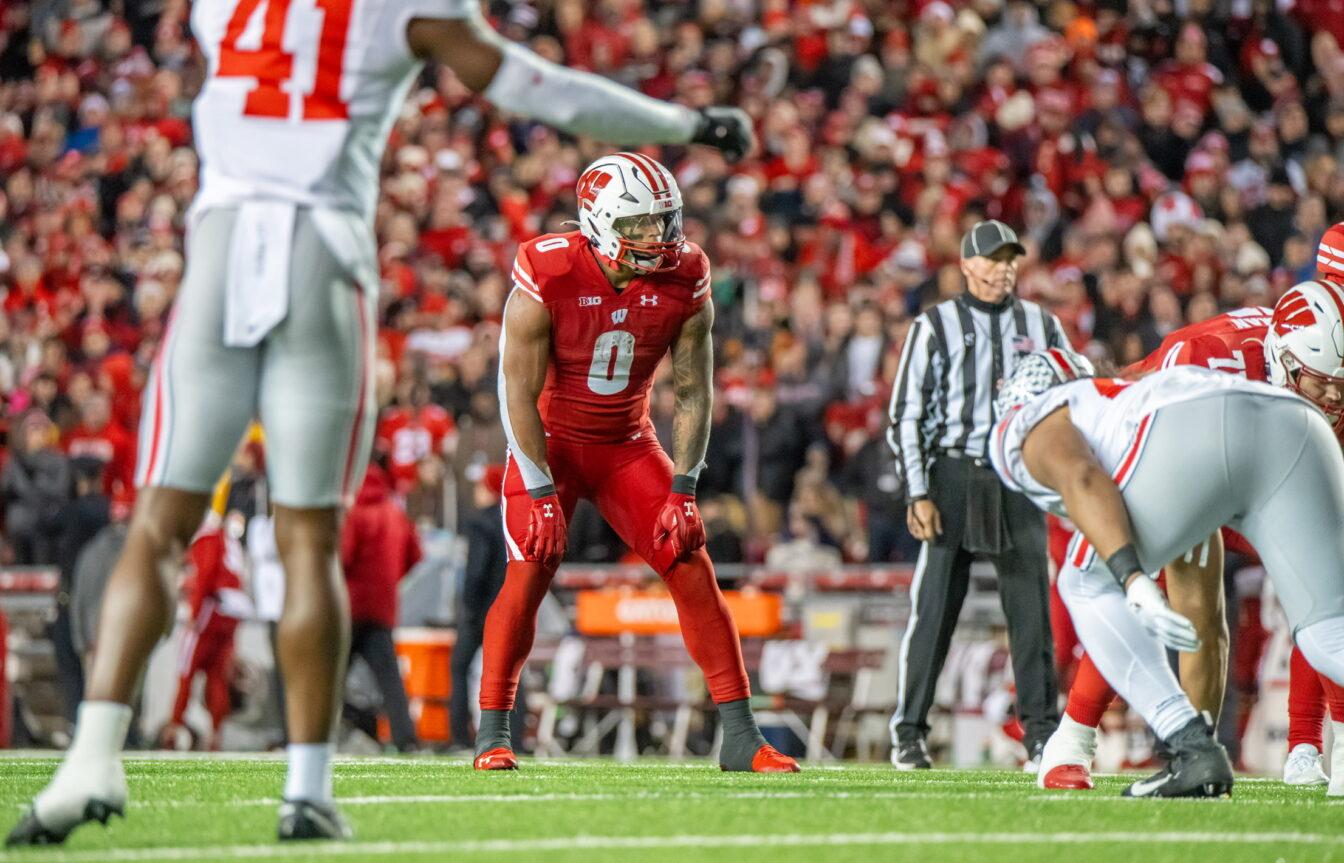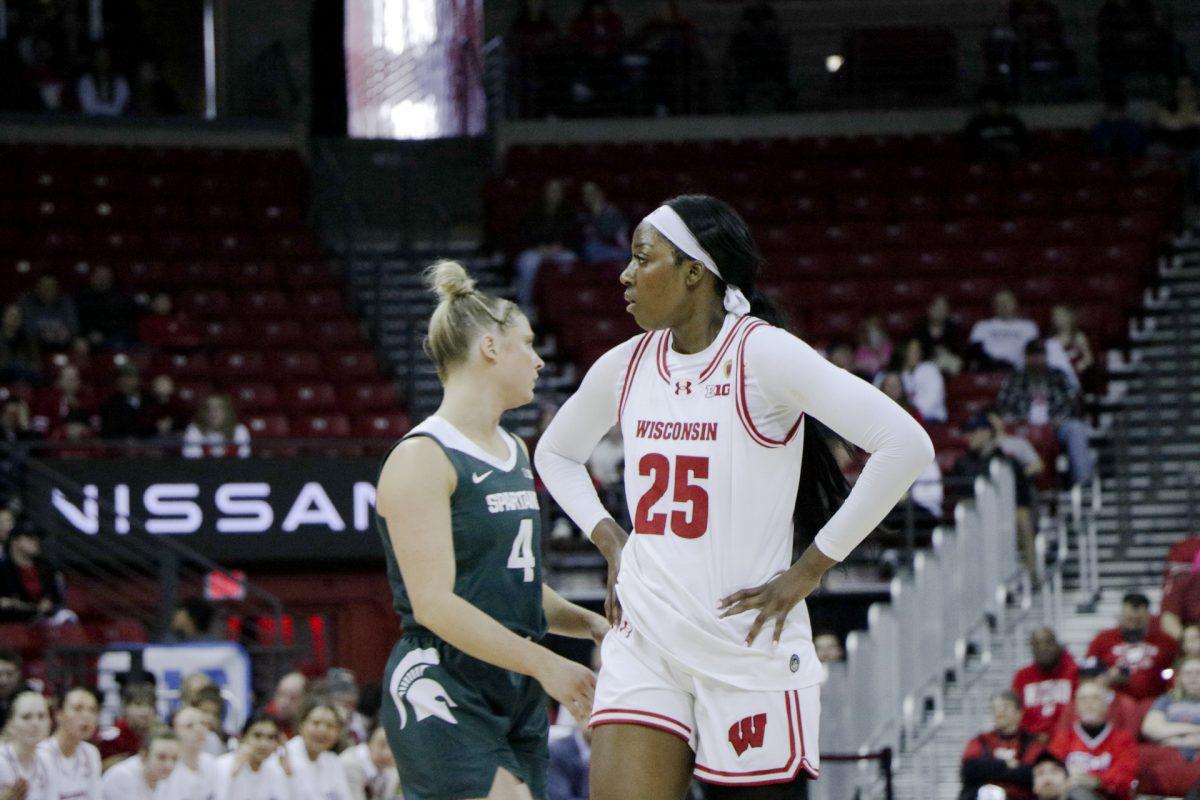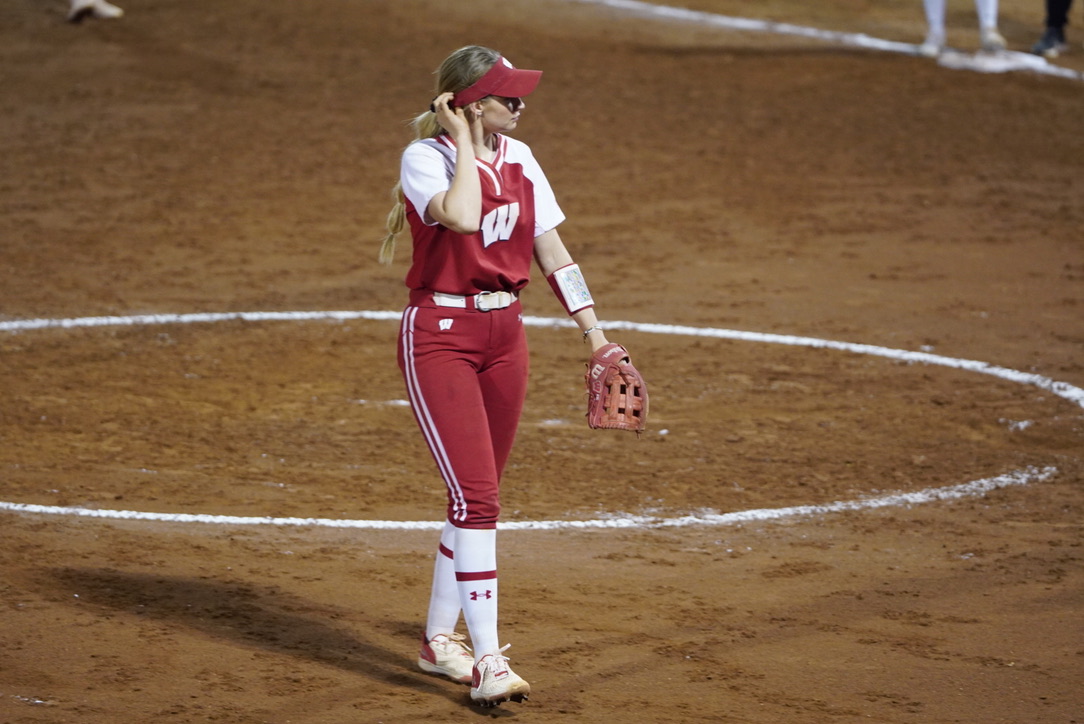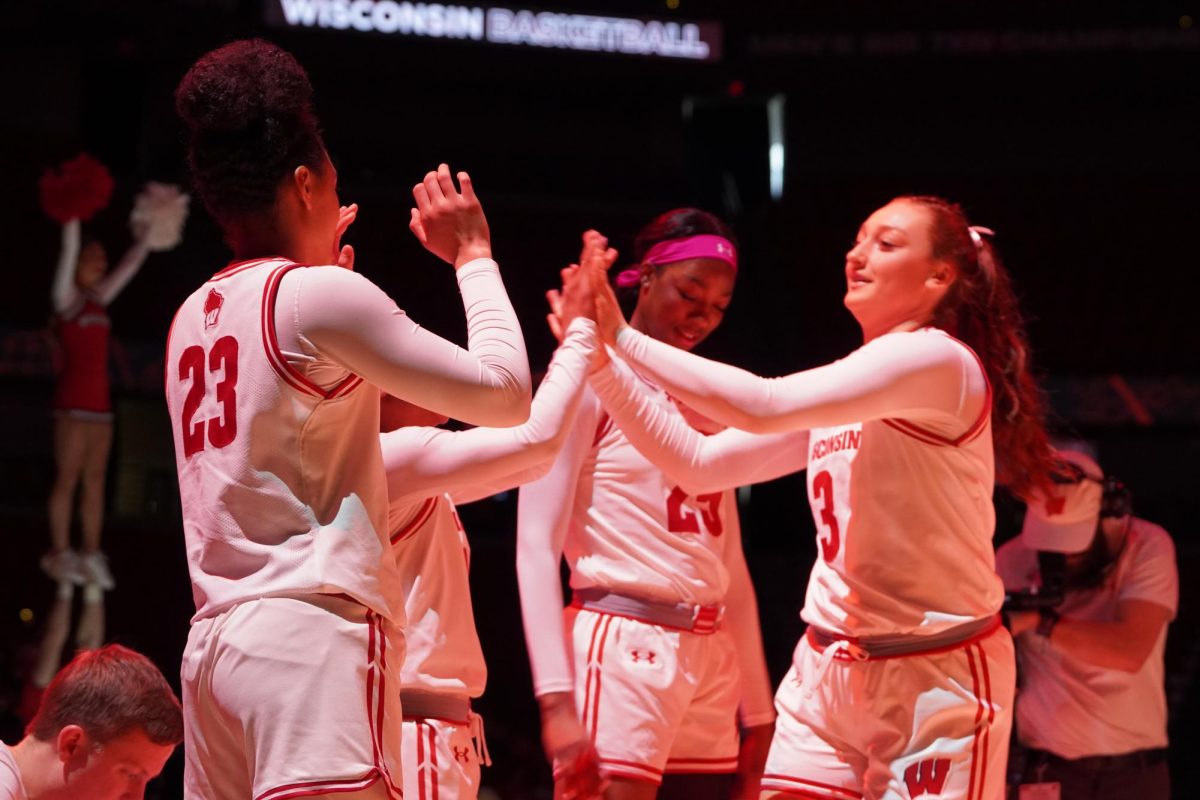
While a lot of talk in football today has to do with the popularity of the wildcat formation at all levels of the game, the Wisconsin football team has chosen a different means to their end.
Offensive coordinator Paul Chryst and the Badgers prefer the end-around to the wildcat, and the reason behind Chryst’s preference is simple.
“It works,” Chryst said. “And you can run it again. Really, it’s not that complicated; if you’ve got a play that works, you run it again.”
Since Chryst’s arrival in 2005 as offensive coordinator, the end-around has become a staple in the Wisconsin offense, but it was not until more recently that it took on such a prominent role for the Badgers.
For the most part, Chryst uses a pair of wide receivers — juniors Isaac Anderson and David Gilreath — as his main options on the play.
Through eight games, Gilreath has run the ball 13 times for 59 yards and Anderson has taken it four times on the end-around for 49 yards. Each receiver has found the end zone once on the ground this season.
While the coaches’ goals may differ, Gilreath believes he can take it the distance any time the ball is handed off to him, much like he did a year ago at Indiana when he scored on a 90-yard touchdown run to break the game open early in the second half.
“Coach (Chryst) usually says, ‘try to get four yards,'” Gilreath said. “But I’m actually trying to score. I figure if I try to score, I should get four yards.”
Anderson noted a similar mentality.
“Oh man, I’m trying to score whenever I get the ball,” Anderson said. “I’m trying to get the ball and run as fast as possible. I just read the blocks and hit the hole as soon as I see it.”
As much as the two receivers have done this season running the ball, it was the addition of another player to the mix last week that really showed what the play could do for UW.
Chryst called junior tight end Lance Kendricks’ number against Purdue, handing him the ball on the Badgers’ first play from scrimmage. The Milwaukee native picked up 21 yards on the play and set the tone for the Wisconsin offense for the rest of the game.
Kendricks took the ball three more times in the game, finishing with 91 yards on the day, 31 more than the entire Boilermaker offense. Based on last week’s game plan, Kendricks appears to fit the criteria for the end-around.
“Can they do something with it after they get the ball in their hands?” Chryst said of evaluating potential end-around options. “Lance did a heck of a job running it, but it takes everyone doing what they need to do for the play to work.”
According to Kendricks, he had no idea Chryst added the play to the playbook for the game.
“It was surprising,” Kendricks said. “I didn’t think he was going to put it in, but he put it in, and I just went with it; and I guess it worked so that’s pretty much it.”
Of the Badgers’ three options on the end-around, the one who runs the ball most frequently is also the one who was least familiar with the play coming out of high school. Gilreath said he could recall running the play only once in high school, adding that it did not work well.
Anderson, on the other hand, came in with a lot of experience running the end-around at the high school level for The Blake School in Minneapolis.
“We definitely ran that play quite a bit, and got a lot of touchdowns off of it,” Anderson said. “I broke a few big runs on it, so I had a couple clips on my recruiting tape that I sent here.”
Although Kendricks has moved to tight end at Wisconsin, he was a wide receiver in high school, so speed is not an issue for him. He got plenty of experience running the ball as well, occasionally lining up at running back during his time at Milwaukee Rufus King.
So, when Kendricks took four handoffs Saturday against Purdue, it was nothing new.
“I felt real good,” Kendricks said of running the ball again. “I used to play running back a little bit in high school, but I didn’t really know I still had [that ability], I guess.”
Kendricks had what is believed to be (though it has not yet been confirmed by the UW) the best rushing performance by a tight end in Wisconsin history Saturday with his 91 yards.
Although he stole the end-around spotlight from Gilreath and Anderson for the week, the Badgers’ primary running wide receiver joked that Kendricks was not quite on his level.
“He has to take one 90 yards,” Gilreath said, referring to his 2008 touchdown at Indiana. “Then maybe there’s a competition between us. He’s got to take one the distance first or not get caught from behind; one of those two.”
“It looks like he could be the better runner out there though,” he continued. “He stiff armed one guy, made somebody miss and he got loose up the sideline for a minute; or at least he thought he was. But right now it looks like Lance is the better runner.”
All three athletes do seem to share a similar mentality about the end-around, though.
While they would prefer to catch the ball in the passing game, they’re more than happy to oblige when the coaches ask them to take the ball on a handoff in the backfield.
“It’s an opportunity to get the ball in your hands and make a play; I just like touching the ball,” Anderson said. “I just try to be a playmaker. Definitely, when I touch the ball I just try to do as much as I can with it.”

















